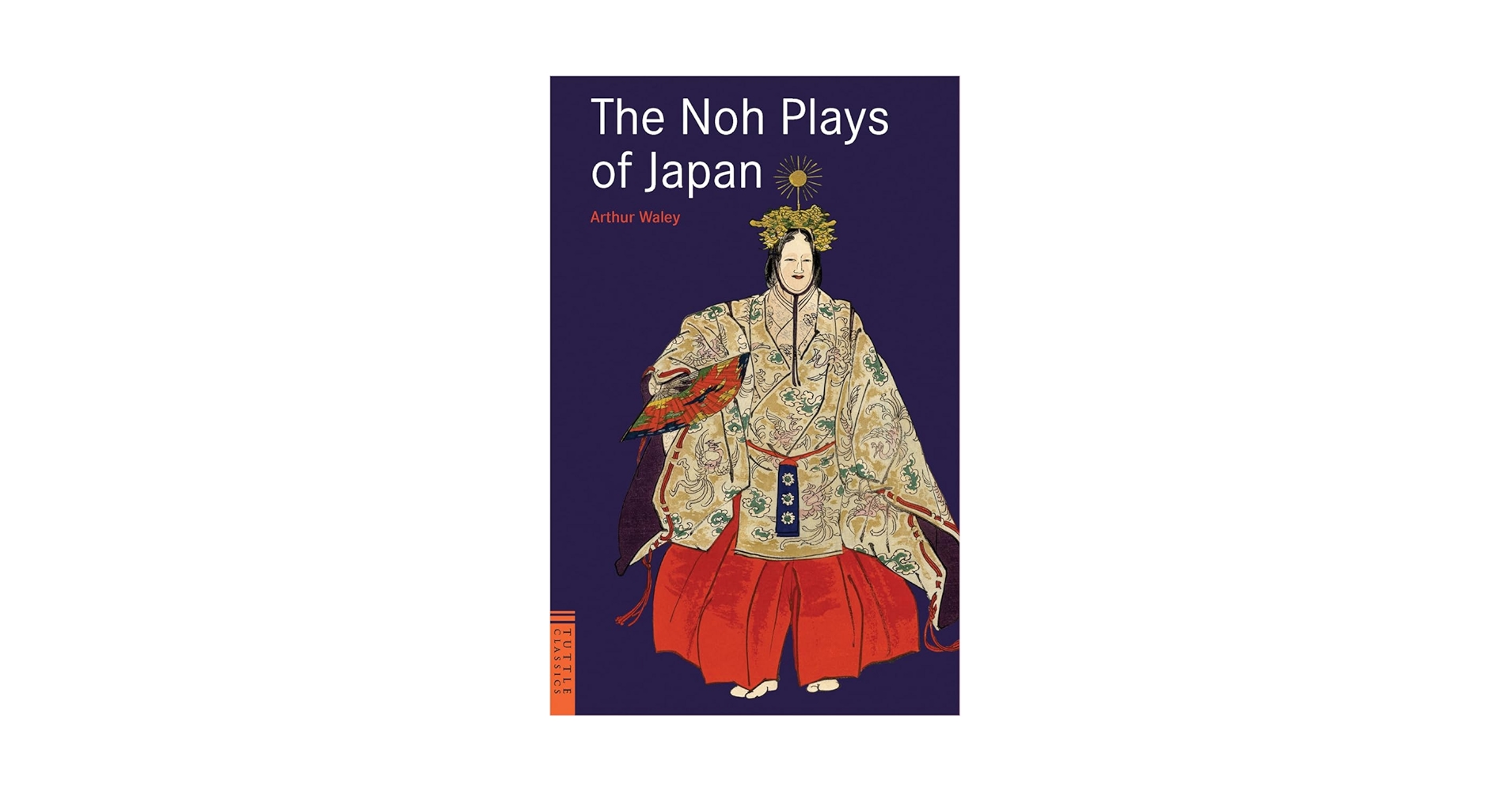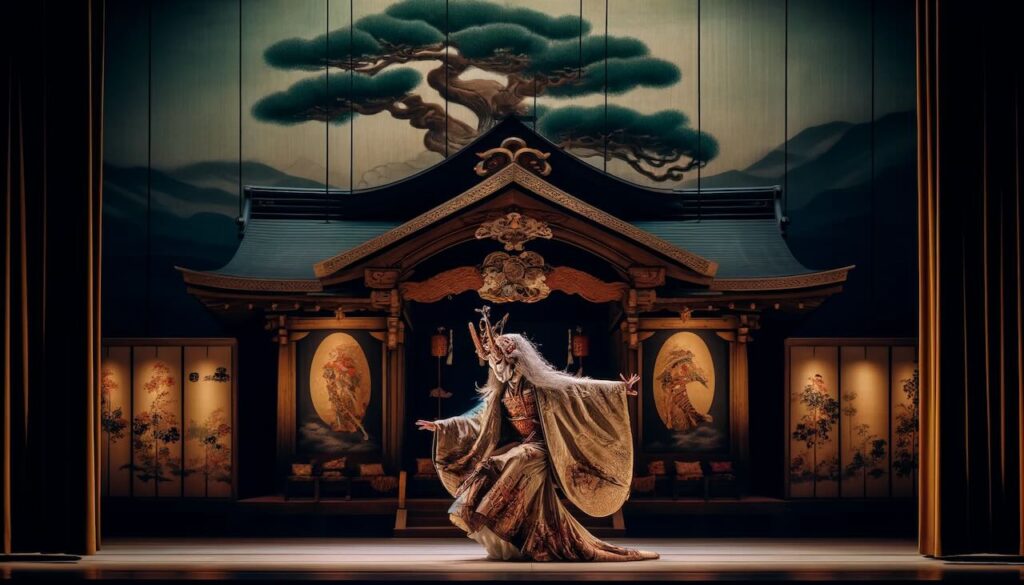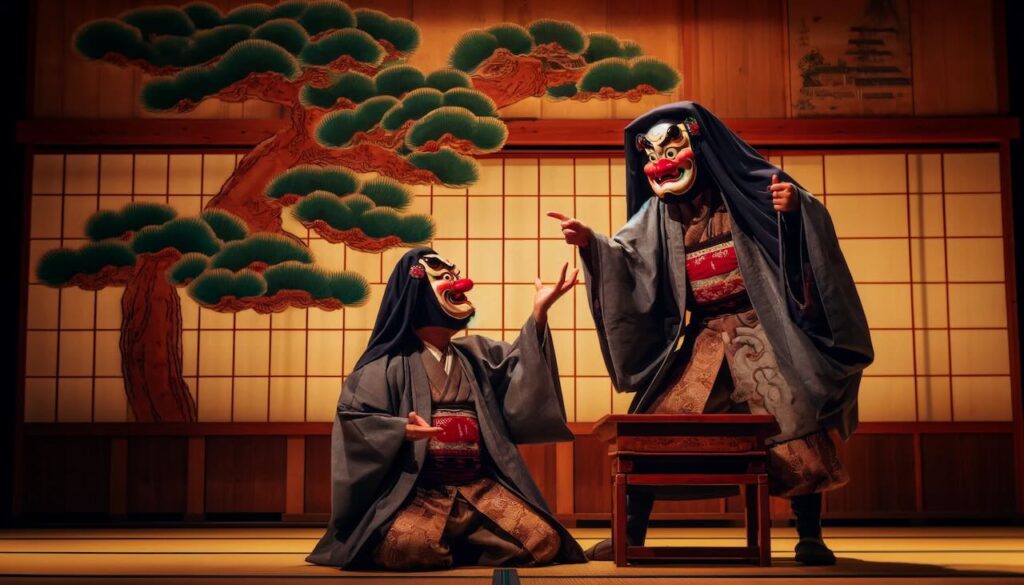Among the many classical art forms of Japan, Noh (能) stands out for its ethereal elegance, poetic storytelling, and spiritual depth. With origins stretching back over six centuries, Noh is not only Japan’s oldest surviving form of theater but also a profound expression of the country’s aesthetic and philosophical traditions.
In this article, we’ll explore the etymology of Noh, its historical evolution, and the legendary figures who helped shape and preserve this unique cultural treasure.
What Does “Noh” Mean?
The term Noh (能) comes from the Japanese word for “talent” or “ability.” It is derived from the verb nōsuru (能する), meaning “to be able to do” or “to perform with skill.”
The essence of Noh lies in refined performance—it is a theatrical tradition reserved for those who possess exceptional mastery of stylized movement, voice, and emotional nuance. Noh also draws from sainō (才能), meaning “innate talent,” and some scholars believe it may be related to nōshi (能子), connoting “perfection” or “excellence.”
In short, Noh is the art of mastery itself—a performance stripped down to its purest, most intentional form.
The Origins and Development of Noh
Noh’s roots stretch back to the 14th century, evolving from earlier forms of folk entertainment such as sarugaku, which combined dance, acrobatics, music, and comical skits performed at temples, shrines, and public festivals.
During the Muromachi period (1336–1573), sarugaku performances became increasingly refined and took on more serious, spiritual themes. These changes paved the way for what we now recognize as Noh.
The Influence of Kan’ami and Zeami
Noh’s formal birth as a high art form came with the father-and-son duo Kan’ami Kiyotsugu (c. 1333–1384) and Zeami Motokiyo (c. 1363–c. 1443). Kan’ami introduced dramatic structure and elegance to sarugaku, while Zeami perfected the form and penned influential treatises like Fūshikaden (The Transmission of the Flower of Acting Style)—a seminal work on the aesthetics of Noh.
Zeami introduced key concepts such as “yūgen” (幽玄)—an elusive, profound beauty—and “hana” (花), the “flower” of performance that captures the audience’s heart. These ideas remain central to Noh to this day.
The Rise of Noh as a Courtly Art
From the Azuchi-Momoyama period (1568–1600) through the Edo period (1603–1868), Noh became a favored art among the warrior elite. The Tokugawa shogunate officially endorsed Noh as the ceremonial theater of the samurai class, and performances were often held at formal events and rites of passage.
This patronage solidified Noh’s status as Japan’s classical theater and led to the establishment of the five major Noh schools, or ryū:
- Kanze (the largest, descended from Zeami)
- Hōshō
- Kongō
- Kita
- Konparu
Each school developed its own interpretations and repertoire, preserving the lineage of Noh across generations.
Noh as a Distinct Japanese Art
Unlike Western drama, Noh emphasizes minimalism and symbolism over realism. The stage is bare, the movements are slow and precise, and actors wear intricately crafted masks (nōmen) to portray gods, ghosts, women, or demons.
A Noh play unfolds more like a ritual than a narrative. Music, chant, and gesture come together to evoke deep emotion and spiritual reflection. Themes often include longing, impermanence, and redemption, resonating with the Buddhist worldview that permeates the art.
Legendary Figures Who Shaped Noh
Kan’ami Kiyotsugu
The visionary who laid the foundation for Noh by merging courtly refinement with popular performance traditions.
Zeami Motokiyo
Kan’ami’s son, and the true architect of Noh as a classical art. His literary and aesthetic contributions transformed Noh into a philosophical art form.
Tokugawa Ieyasu
The first Tokugawa shogun, whose patronage elevated Noh to the official theater of the samurai class.
Komparu Zenchiku
A later theorist and Noh actor, known for deepening the mystical and poetic dimensions of the art.
Conclusion: The Enduring Power of Noh
Noh is not just a performing art—it is a living embodiment of Japanese philosophy, beauty, and tradition. Born from humble folk entertainment, elevated by samurai patronage, and shaped by master aesthetes like Zeami, Noh continues to captivate audiences with its haunting elegance and spiritual depth.
Today, Noh performances are held throughout Japan and have earned recognition as UNESCO Intangible Cultural Heritage. Whether you’re a first-time observer or a seasoned aficionado, stepping into the world of Noh offers a glimpse into the heart of Japan’s artistic soul.



